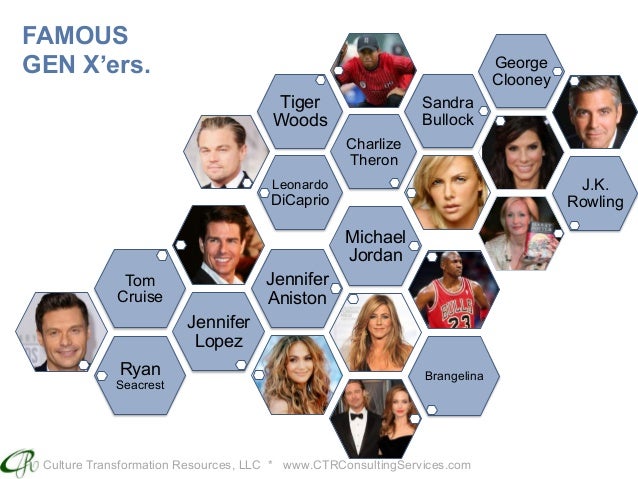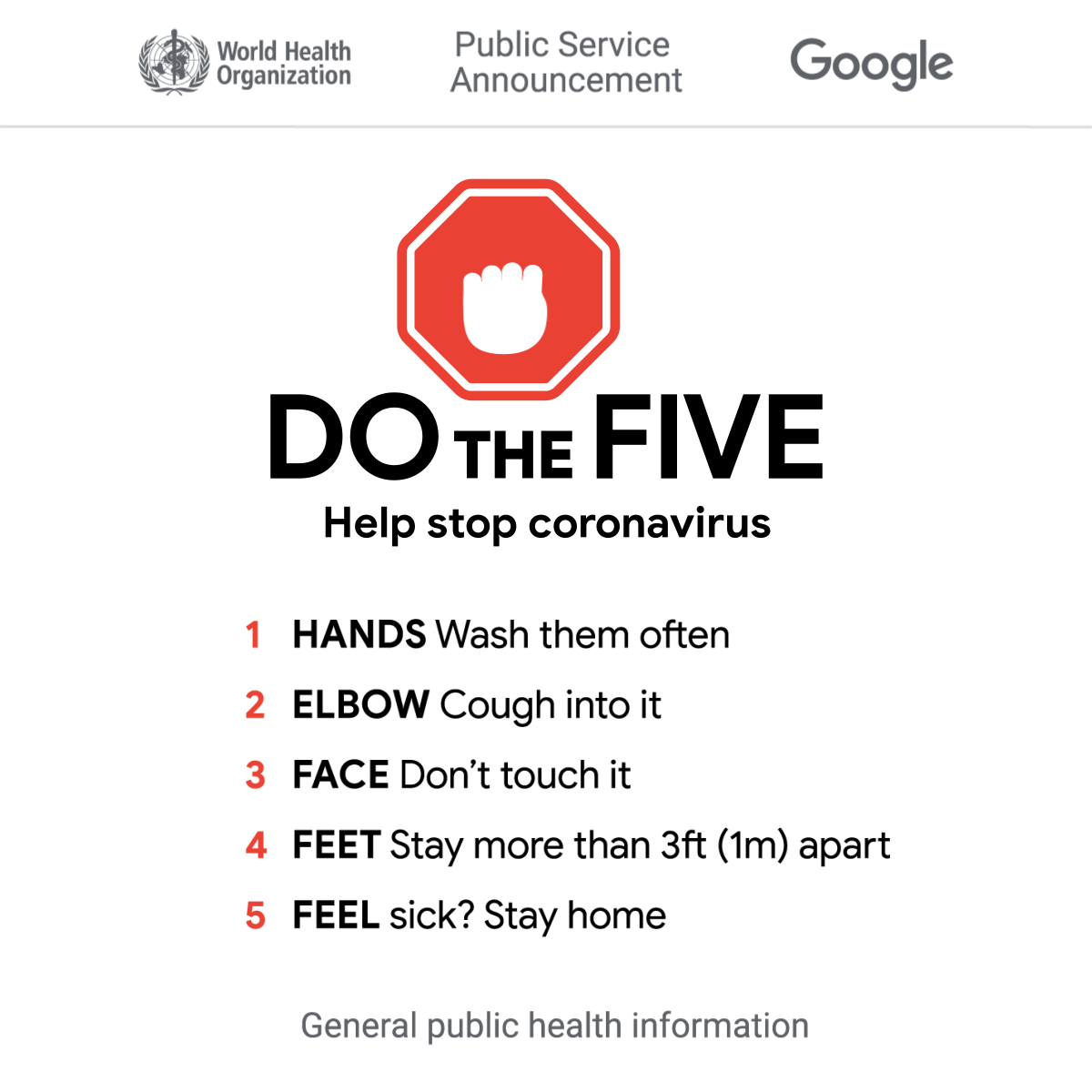| dailymail.co.uk |
It is a new week and another installment the socially distant blog. Before we get started, The Blogger Candidate Forum nipped by with some news. Vermont Senator Bernie Sanders (I) has opted to remain in the Democratic primary race. The news of the Gentleman from Vermont's decision sent Democratic National Committee officials into a mini-panic at the prospect of four more years of Mr. Donald Trump. Before they or anyone else falls into a state of hysteria, stop, breathe, and keep in mind that it just may be for strategic purposes. The Sanders campaign may realize that the path to securing the 1,991 delegates needed for the nomination has gotten very narrow. Therefore, the best possible option would be to continue the race is form a working alliance with presumptive nominee VPOTUS Joe Biden (D-DE) and influence the party platform going into the fall campaign. The Candidate Forum will be back as soon as the primaries come back. Meanwhile Yours Truly is here for you. Onward.
| Nighthawks (1942) Edward Hopper mentalfloss.com |
Nighthawks (1942) by the late American painter Edward Hopper is perhaps one of the best known paintings in the history of art. The painting presents four people: a short order cook and three customers in a diner, late at night. The quartet appears disconnected, lost in their own thoughts. The street is deserted, the nearby shops closed up for the night, the only light illuminating the oil painting appears to come from the diner. The diner is a place of refuge, where these four people can find sustenance and human contact. Nighthawks is an enigma: Is it a comment on our sense of disconnection or is the diner a meeting place? Nighthawks is a metaphor for life under lock down. The deserted late night New York streets could be daytime Los Angeles, Seattle, New York, or anywhere. Why are Edward Hopper's paintings relevant in the time of COVID-19?
| Early Sunday Morning (1930) Edward Hopper whitney.org |
| com |
The social media provides us with a myriad of ways to stay connected with each other and at the same time, makes us feel isolated. It was that sense of social isolation that Edward Hopper's canvases capture sense of isolation. If you, like Yours Truly, live in a major metropolitan area and are used to the constant whirl of activity, the sudden quiet can be unnerving. It can evoke a sense of of profound loneliness and disappointment with the urban life.
Edward Hopper's period of significance, the thirties and forties, coincided with a period of optimism, The United States emerged from The Great Depression right into World War II. Then, like now, the public sentiment was we are in it together. The Hopper canvases offered a counterpoint to the sunny optimism that permeated the American consciousness. The Hopper canvases, like the noir fiction of Raymond Chandler and James M. Cain, offered a gloomy counterpoint to that sunny outlook. Books like The Big Sleep (1939) and Double Indemnity (1936), respectively, and paintings like Early Sunday Morning "were concerned with the negative effects of urbanisnation and increasing economic disparities" (theconversation.com; May 18, 2017; date accessed Mar. 31, 2020). At the center of Edward Hopper's urban vision "are the paradoxes of the foundational democratic myths. We are all created equal, and yet what makes equal is our absolute, inviolable uniqueness and individualism" (Ibid).
 |
| Automat (1927 edwardhopper.net |
Take a look at the image on the left, Automat (1927). The woman sits alone at the table, looking down at her cup. She seems to ponder the contents of the cup, eyes closed as if lost in meditation. She sits alone at night in place where human contact is removed from food service, reinforced by the empty chair opposite her. The food and beverages are dispensed from a machine, allowing the customer to grab a sandwich or a cup of coffee quickly and efficiently. Symptomatic of the mechanized urban landscape of the early twentieth century.
She is a metaphor for the profound sense of loneliness that comes with living in a city. Cities are lonely places and you do not need physical solitude in order to experience it, rather it is the lack of connection with another human. The reflection in the window behind her gives us the impression that there are more people in the diner, together yet apart. The social media and messaging apps allows to stay connected to our friends (loose term) but social distancing has accentuated the all too human need for kinship and closeness.
 |
| New York Office (1962) edwardhopper.net |
Edward Hopper typically painted solitary figures or uncommunicative groups, like the quartet in Nighthawks. They are locked into poses that appear to telegraph a sense of anxiety. The figure is looking out of the window at no one in particular, perhaps lost in deep contemplation of an urban landscape that he or she no longer comprehends. The window reinforces that acute sense of loneliness. Olivia Liang of The Guardian wrote, "Glass is a persistent symbol of loneliness, and for good reason" (theguardian.com; Feb. 28, 2016; date Mar. 31, 2020). The glass in the Hopper paintings prevents physical contact: "...a feeling of separation, of being walled off or penned in, combines with near-unbearable exposure" (Ibid). The glass offers us a glimpse into the interior space. We do not know what that space is or what is taking place but it may hold a clue to who the figure in the window is. A fishbowl existence. Sometimes, you can experience loneliness within the context of a relationship.
 |
| Room in New York (1932) en.wikipedia.org |
Practicing self isolation can be taxing on a relationship. There is the obvious lack of privacy that comes with being stuck in the house with the same person day and night. This, in turn, drives a couple to seek some refuge from each other by whatever means. Speaking from experience, Earpods only go so far. Back to Edward Hopper.
Take a look at the couple in the image on the left. Gabriella Sotirou asks us to assume that they are a married couple. Alright, let us assume that they are a longtime married couple that has drifted apart. Ms. Sotirou writes, "Alienation has affected this married couple who are now only through the domesticity of their home, symbolised by the table" (hasta-standrews.com; Feb. 28, 2019; date Mar. 31, 2020). The man is settled into his chair with the newspaper, after a hard day's work while the woman is dressed for a night on the town. He is seeking quiet solace from a day filled with constant contact. She seeks the company of others after a day spent in silent domestic isolation. Ms. Sotirou writes, "However, the firmly closed door positioned between the couple signifies the solidity of their physical and spiritual separation. Not even the noise made by her hand tinkering along the piano keys can break her husband's attention away from his newspaper" (Ibid)
The paintings of Edward Hopper are snapshots of lives in isolation. Together yet apart, our current, hopefully temporary, reality. The necessity of self isolation has put our all too human need for physical connections into sharp focus. Even self-confessed introverts need some sort physical contact. Edward Hopper's catalog of urban isolation give visual form to just how disconnected we have become, even before self isolation. No app can replace the all too human desire for in-person interaction. Let us hope that once we can all go out again, we will take a moment to appreciate the people we interact with on daily basis, in person.




